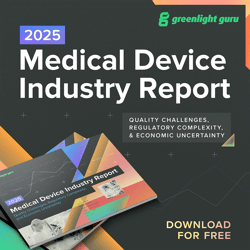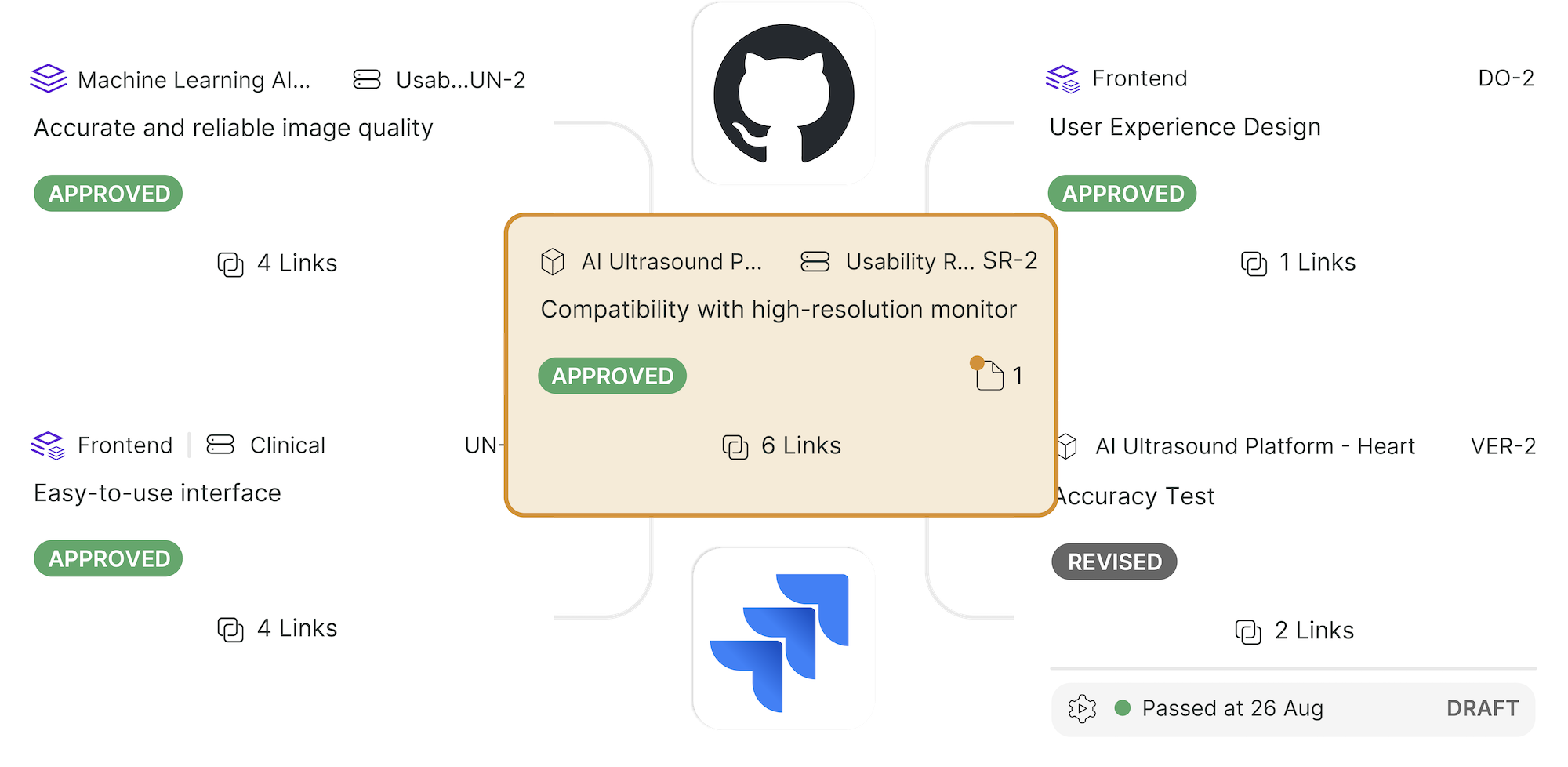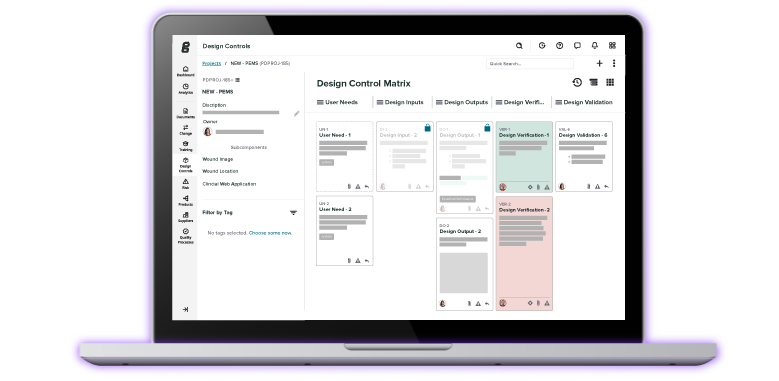How a Government Shutdown Affects FDA Medical Device Regulation

A Recurring Question for MedTech
Whenever the U.S. government approaches a funding lapse, the medical device industry asks the same question: How will this affect the FDA’s ability to regulate and review our products?
The answer isn’t simple. It depends on the duration of the shutdown, the availability of user fee carryover funds, and which FDA activities are deemed “essential.” Looking back at historical shutdowns offers clarity—and caution—for today’s device manufacturers.
BONUS RESOURCE: Click here to download the full 2025 Medical Device Industry Report for free!
The Foundation: User Fees, Essential Functions, and Furloughs
Unlike agencies fully dependent on congressional appropriations, the FDA derives a significant portion of its medical device oversight funding through the Medical Device User Fee Amendments (MDUFA). These user fees allow FDA to keep reviewing submissions—510(k), PMA, De Novo—as long as carryover funds remain.
Meanwhile, other FDA work continues only if considered “essential to protect life or property.” That includes urgent recalls, adverse event monitoring, and import surveillance. Nonessential functions—like drafting new guidance documents or conducting routine inspections—can be slowed, suspended, or backlogged.
What Continues During a Shutdown
-
Active review of device submissions already in process and supported by user fees
-
Post-market safety surveillance (e.g., adverse event reporting systems, urgent risk assessments)
-
Recalls and emergency response actions when devices pose imminent safety risks
-
Import surveillance to intercept unsafe or non-compliant devices at the border.
These activities are prioritized because they directly protect patient safety.
What Slows or Stops
-
New submissions and user fee processing: During past shutdowns, FDA could not accept or process new device submissions once appropriations lapsed because it could not legally accept new fees.
-
Routine inspections: Non-urgent device manufacturing facility inspections were suspended.
-
Policy and guidance development: Work on new regulations and guidance documents paused, delaying policy updates.
-
Meetings and advisory committees: Many were canceled or postponed.
Even after reopening, these disruptions ripple through the industry.
Historical Lessons: 2013 and 2018-2019 Shutdowns
2013 (16 days)
-
Core safety functions continued, but routine reviews slowed.
-
Advisory committee meetings were canceled, delaying some device approvals.
-
Thanks to user fee carryover, industry saw minor delays but no major collapse in review timelines.
2018-2019 (35 days, longest in U.S. history)
-
By far the most disruptive shutdown for FDA in modern memory.
-
FDA continued reviews of existing submissions, but new ones could not be accepted, creating a backlog that took months to clear.
-
Routine inspections halted, creating oversight gaps.
-
Guidance development nearly froze, with ripple effects well into 2019.
-
MedTech firms reported uncertainty in planning launch timelines and regulatory meetings.
The 2018–2019 episode underscored that while FDA can weather short shutdowns, prolonged ones drain user fee reserves, affect staff morale, and undermine industry confidence.
What to Expect in a Future Shutdown
If another shutdown occurs, expect a familiar pattern:
-
Short shutdowns (< 2 weeks): Mostly absorbed by user fee funding, with modest delays.
-
Long shutdowns (30+ days): Backlogs grow, meetings are canceled, inspections halted, and carryover funds risk depletion.
-
After reopening: FDA faces a catch-up period—rescheduled inspections, resource strain, and extended review timelines.
For device companies, the main risks are unpredictability and delays in new submissions.
Takeaways for Device Manufacturers
-
Submit early: Avoid filing near a potential shutdown window.
-
Build buffer time: Expect possible delays in advisory meetings, inspections, and approvals.
-
Monitor FDA communications: The agency issues contingency plans for lapses in appropriations.
-
Plan for backlogs: Even after funding resumes, FDA prioritizes urgent safety matters first.
Conclusion: Safety First, but Uncertainty Remains
A government shutdown doesn’t halt all FDA activity—but it does introduce friction and unpredictability into the device regulatory process. Essential safety functions continue, while new submissions, inspections, and policy development stall.
History shows that the longer the shutdown, the greater the ripple effects. For device manufacturers, preparation and patience are essential.
BONUS RESOURCE: Click here to download the full 2025 Medical Device Industry Report for free!
How Nilo Medical Consulting Group Can Help
As with any government shutdown, FDA furloughs, or other major events that create regulatory uncertainty, our team at NMCG—including former FDA professionals—brings the expertise and experience needed to help your organization navigate these challenging times with confidence. For sponsors looking to build resilience into their programs, our Regulatory Services and Clinical Services teams help clients anticipate risks, adapt strategies, and protect submission timelines even when policy environments are unpredictable.
Contact NMCG today to protect your submission timeline.
Michael Nilo, MS is President & Principal Consultant at Nilo Medical Consulting Group. A former FDA lead reviewer with more than 15 years in the medical device industry, he has deep expertise in regulatory strategy, quality systems, and clinical trial development. Michael has authored and submitted numerous 510(k), De...
Related Posts
2025 Medical Device Industry Report: Quality Challenges, Regulatory Complexity, and Economic Uncertainty
Clinical Trials in 2025: The Outlook for Medical Device Companies
The Biggest Quality Challenges for Medical Device Companies in 2025
Get your free report
2025 Medical Device Industry Report











